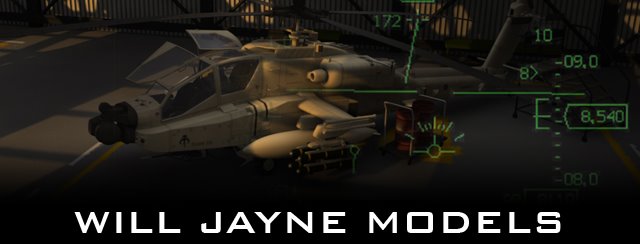Because of these shifts of attitudes in the Paleontological field, the interpretations of what the dinosaurs may have looked like and the way they might have behaved have changed drastically. Today's interpretations show warm blooded creatures, with varying types of musculature which has been brought about by better understanding of the realtionship between bones and muscles. The swan-necked image of sauropods has all but dissapeared, study of the veritbrae in sauropod necks has revealed that such movements would have been all but impossible for them. This discovery in turn lead to the reversal in the idea of their feeding habits, many were low browsers and not tree feeders. This pointed to evidence of herding behaviour. In this way, a small discovery leads to many others which ultimately infuences the way we imagine the animals would have lived.
The species I am focussing on is Plateosaurus. These creatures appeared around 210 million years ago in the Triassic era. Dinosaurs were relatively new to the planet, and the dinosaur ecosystem was not as diverse as it later became. Plateosaurs belongs to the group known a Prosauropods, they were the ancestors of giants like Bracheosaurus and Diplodocus - the most well known sauropods. These early dinosaurs were herbivours, and judging by their bone structure it is generally accepted that this particular species fed on both low vegetation such as horsetail ferns and shrubs as well as higher food sourses such as tree ferns and smaller trees. This diversity of diet of probably was probably an important factor in the success of the species.
The Triassic era was a hard one for life on Earth. There were old two seasons, dry and wet, and all the continents were still joined as the supercontinent Pangea. At this time the Archosaurs were slowly dying out, being replaced in the ecosystem by the emeging Dinosauria.
At this time, South Wales would have been a huge river plain shrouded by mountain ranges. During the lush wet season the greenery and animal life would have flourished, no flowering plants would evolved for tens of millions of years, so this world would have been a largely green one. The landscape would have been dusty scrubland, flat and wide. The river system would have been an artery of green, with forests of coniferous trees and ferns and other plants. This is the world in which Plateosaurus existed, and in the animation I want to show how a footprint made by a single animal at the end of the wet season survived for hundreds of millions of years as a fossil for us to discover.
Visual references:
From the current view of the animal species, I have chosen work done by other people that I feel appropriately represents a realistic view of the species. I am not a paleonologist, therefore I have to use the work of other more qualified individuals as a foundation for my own. Here are images which I feel have captured the creature well:

1 comment:
Good job man. The last photo of dainasor look so amazing good work.
dean graziosi
Post a Comment